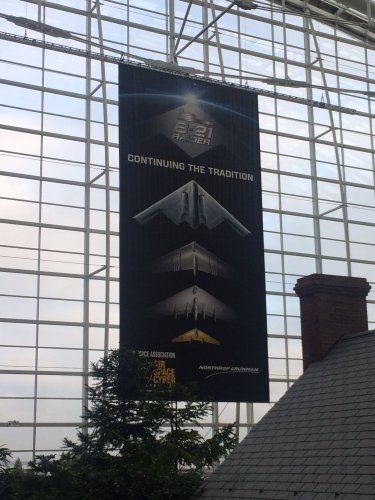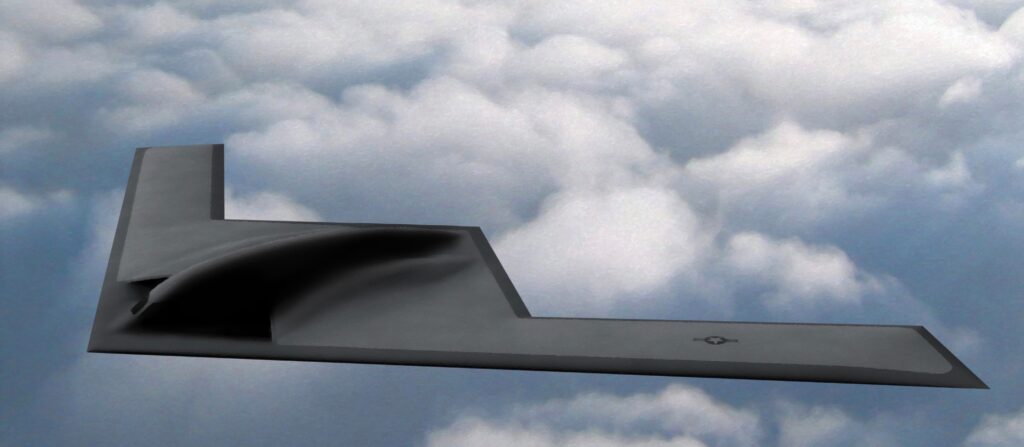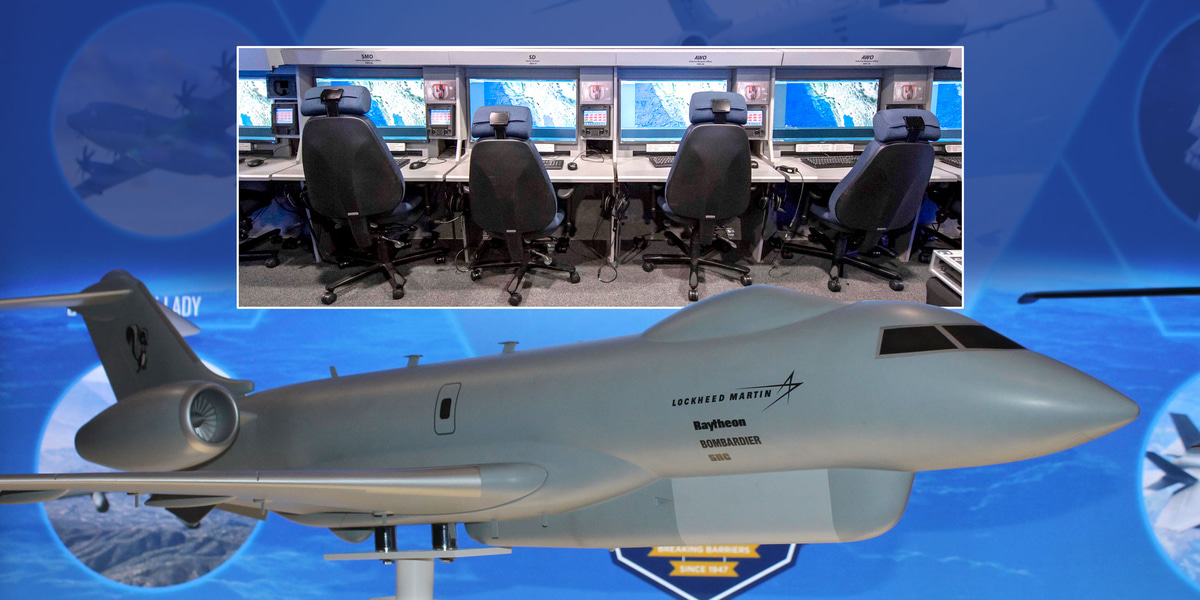The United States Air Force should consider shifting its balance of its strike forces from fighters to long-range bombers. At the end of the Cold War, the Air Force’s combat aircraft inventory included 411 bombers. Today, it has a total of 158 B-1, B-52, and B-2 bombers, of which only 96 are...

breakingdefense.com
Interesting as well.
Wonder what the cost would be to plan for increased B-21 production?
What is the expected production rate?
Some assumptions...
Current B-2 squadron is 3 ships.
Likely B-21 squadron will be 3 ships.
Initial build is for two or three test articles. Would any of these be flyable?
IoC, for B-2 required a full squadron of ships - 3.
IoC for B-21 was initially ~2025.
Initial purchase is for 21 ships in 5 LRIP batches - seven squadrons.
NG has been working on Palmdale plant in preparation for B-21 production since 2015
NG has learned a great deal about production having built the center fuselage section of F-35's since 2011.
i.e. B-21 won't be hand-made like each B-2. There'll likely be lots of 9-axis robots involved, reducing cost and build time.
B-21 passed Preliminary Design Review early in 2017
As of early 2017, B-21 in EMD phase
B-21 in or starting Critical Design Review in September 2017. First of two major reviews in EMD.
Next milestone is Production Readiness Review followed by
Low Rate Initial Production
Stealth coatings facility at Palmdale completion date is December 25, 2019
Plan is for qty 100 B-21's
Plan is to retire all B-52's and B-1's by 2040
Speculative LRIP rate of 1/2/6/6/6 or 1/3/5/5/7
Likely one LRIP batch per fiscal year
LRIP Batch 1, 2023 / LRIP Batch 2, 2024 = 3 ships for IoC in 2025
LRIP Batch 3, 2025 / LRIP Batch 4, 2026 / LRIP Batch 5, 2027 / FRP in 2028
Additional 79 B-21's built between ~2028 & 2039 12 years / 7 ships per year minimum
With everything that's been going on the in world, there is great pressure to not let these timelines slip.
B-1 and B-52 are fine for dealing with N.Korea but not very functional against a near-peer.
Granted - all speculation. But it helps do some numbers.
If IoC slips to 2030, production needs to be 11-12 ships per year. That's, potentially a significant increase for your subs.
Back to my initial question, what would it cost to increase production. Answer is that it depends on the initial production plans. If they plan for 7 ships per year, jumping to 11-12 is at least a 60% increase. They may not have the space in Palmdale nor the subs the capacity to accommodate that.
Hopefully they're planning for ~10-12 ships per year, they get IOC in 2025 and they can build 120-140 B-21's by 2040.
Increasing the production rate by reducing time on the production floor resulting in reduction of man hours per ship will lower costs. I expect that NG wants to get the labor pool proficient as quickly as possible because that's when they'll start making money.
@600M per ship, FRP of 10 ships per year is $6Billion. Is there any documentation out there about USAF future spend? That seems like a chunk of change. I think the total USAF aircraft procurement budget for 2016 was just under US$16Billion. Adding 6+ billion to that will be interesting. Perhaps we can buy 10 and get two free?

Maybe it's all moot. We'll have hypersonic's, re-engine B-52's as bomb trucks, and the world changes in an instant.
Or Both!



